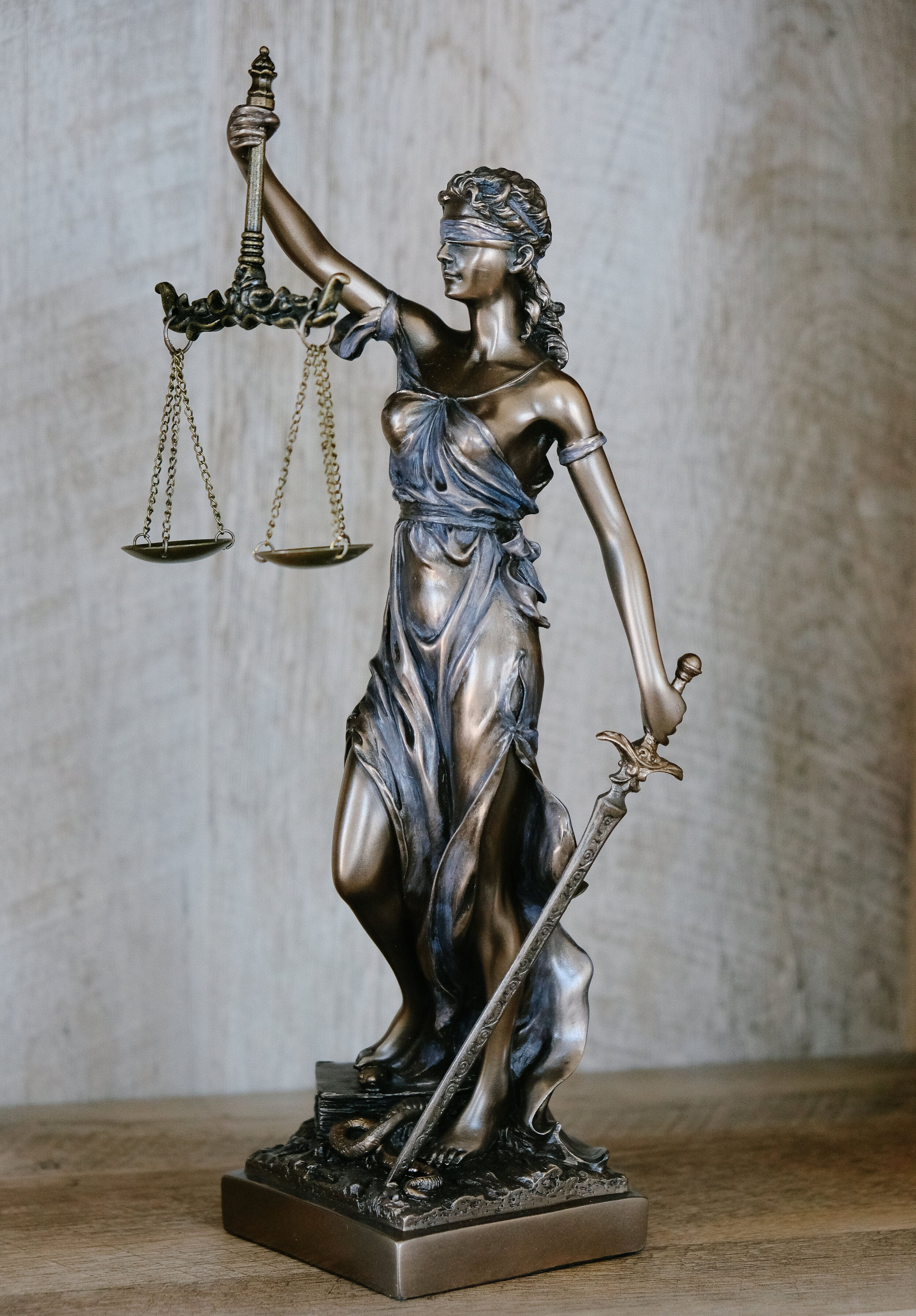All Things Legal System
When it comes to the legal system it can be a very daunting and confusing entity to try and understand, much less navigate. We’ve shared our suggestions on how to find a good attorney. And we’ve even discussed some of the reasons you might need to hire a lawyer. We’ve also talked about what lawyers do. But where exactly do lawyers fit in the grand scheme of the legal system?
Where it all began
The United States Constitution established the judicial branch of the federal government. This establishment gave authority to the federal courts. Federal courts only have jurisdiction over certain types of cases: cases involving federal law, issues between states, and cases involving foreign governments. Federal and state courts occasionally share jurisdiction over cases involving people who live in different states. State courts typically have the exclusive jurisdiction over most cases.
What are your rights?
Parties have the right to trial by a jury in all criminal cases; and most civil cases. Typically, juries are made up of 12 citizens who are tasked with hearing all the evidence and testimonies and applying the law that the judge states. They are responsible for reaching a decision based on the facts presented and from what they have determined based on the evidence. While this system is in place, most legal disputes are resolved before a case even reaches a jury. They can be settled by legal motion or settlement.
What is the federal court system?
The United States Constitution established the Supreme Court and gave Congress the authority to establish lower-level federal courts. The two levels of federal courts are the U.S. District Courts and the U.S. Circuit Court of Appeals. There is at least one district court in each state. District courts include district judges, bankruptcy judges, and magistrate judges. There are 12 regional Circuit Courts, located around the country. Panels of 3 judges hear appeals from the district courts in the circuit courts.
Structure of the state court system
The structure of the state court system varies between states. Each state’s court has unique features, but they all have plenty of generalizations as well. Most states have limited jurisdiction with one judge who hears minor civil and criminal cases. There are state-level trial courts who hear the major civil and criminal cases within the state. And of course, some states have specialized courts like family court. All states also have a state Supreme Court that serves as their appellate court.
Judges, Prosecutors and Lawyers…oh my!
Justices of the United States Supreme Court, Circuit, and District Judges are all appointed by the President of the United States and approved by a majority vote of the U.S. Senate. These justices and judges serve a life term. The methods of selecting state judges vary depending on the state and on the type of court. The most common selections are by commission nomination and by popular election. There is no specific course of training for judges and no examination. Prosecutors who are part of the federal system are actually employees of the Department of Justice. The Attorney General of the United States is appointed by the President with Senate confirmation. The chief prosecutors in the federal court districts are called U.S. attorneys and they are also appointed by the President with Senate confirmation. The Federal Bureau of Investigation (FBI) is housed within the Department of Justice and they investigate crimes against the United States. Each state has an attorney general elected by the citizens of the state. Different regions have different prosecutors called state’s attorneys or district attorneys who are also typically elected. Lawyers are essential to the adversarial process of the U.S. legal system. Lawyers are responsible for presenting their client’s evidence and legal arguments to the court. Lawyers are licensed by individual states where they are practicing.
These are just a few of the pillars of the legal system within the United States that was created to protect and provide for the people.

